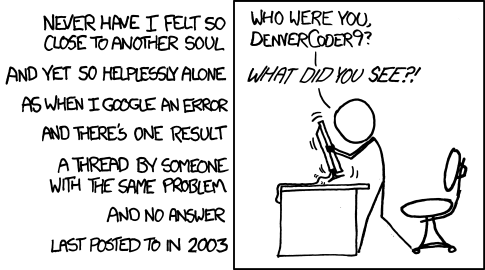I read the documentation carefully, yet I miss the experience to do it right Suppose I have a data.frame DS with this data: Homepage? Willhaveone? When? HP WHP WHEN levels='Yes', 'No' levels='Yes', 'No', 'NV' levels='Now', 'Half Year', 'Year', 'Later' ============================================================yes NV NV no no NV no yes half year . . . 1300 rows. This is data I obtained from an online questionnaire. The participant was asked whether he/she has a homepage (varaible HP). In that case zhe question about "Will you have one?" was not applicable nor the question about the time when he/she will have one. If the answer was No, the participant could either say 'yes' to the question if he/she will ever have a homepage (variable WHP). If the answer was yes, the third question was applicable (variable WHEN) with the values 'Now' , 'Half Year' 'Year' or 'Later' So all the three coloumns are of type factor. However I wonder what would be the best way to analyse and plot that data. The value 'NV' means not valid, as the question as whole is not useful to answer when the participant will not have a homepage, he need not be asked about when he will have one. What I did so far were things like table(DS(factor(DS['HP'])['yes'])) to get the amount of answers for for: 'yes I will have a homepage' and so on for those who will never have a homepage or if they have not yet a homepage, when 'Now', 'Half year' , ... they will have one. The 'NV' value ist not of my interesst and as such left out. As a result I pasted the sub-results together c(X, Y, Z) and made a barplot. I found this tedious and cumbersome so I wonder what would be the right approach to analyse such data. Regards, Johann -- View this message in context: http://www.nabble.com/Newbie-question---how-to-do-it-%27right%27-tp19266789p19266789.html Sent from the R help mailing list archive at Nabble.com.
